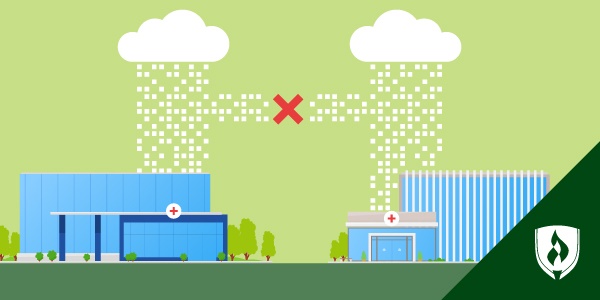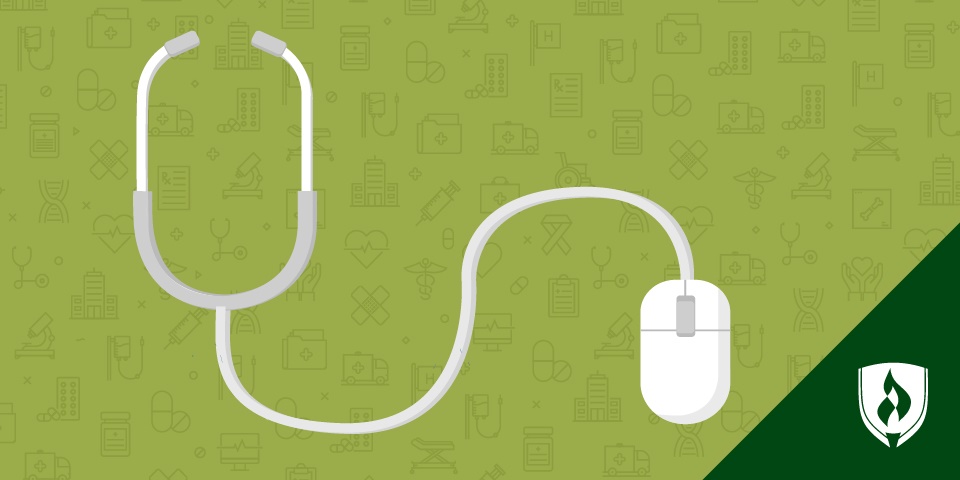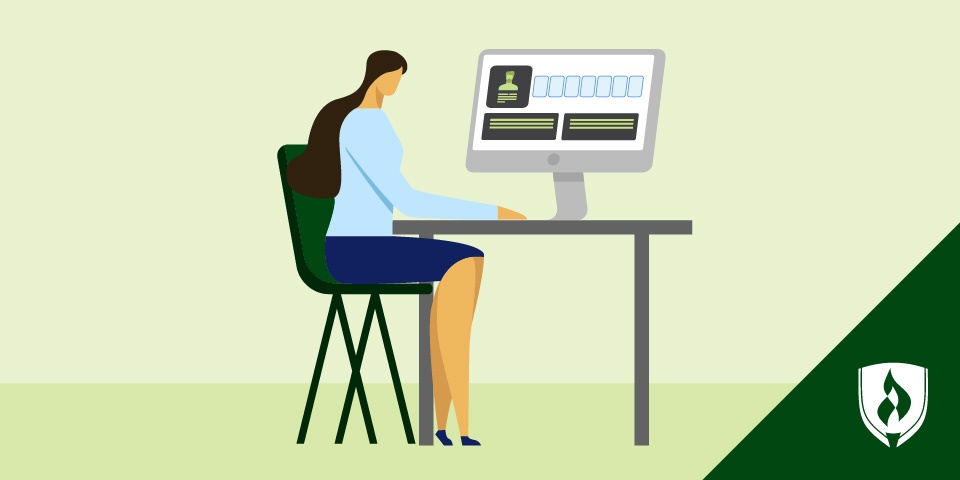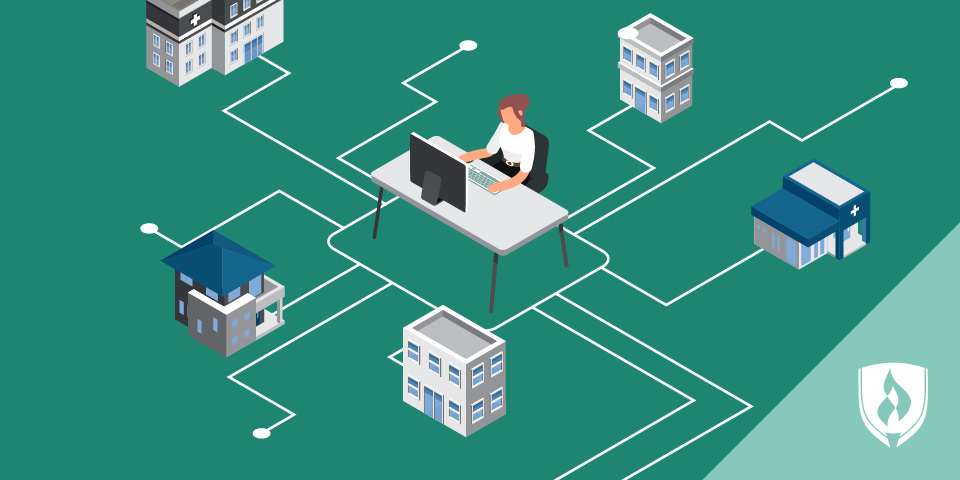Healthcare Technology Trends: What Healthcare Leaders Should Know
By Carrie Mesrobian on 08/02/2021
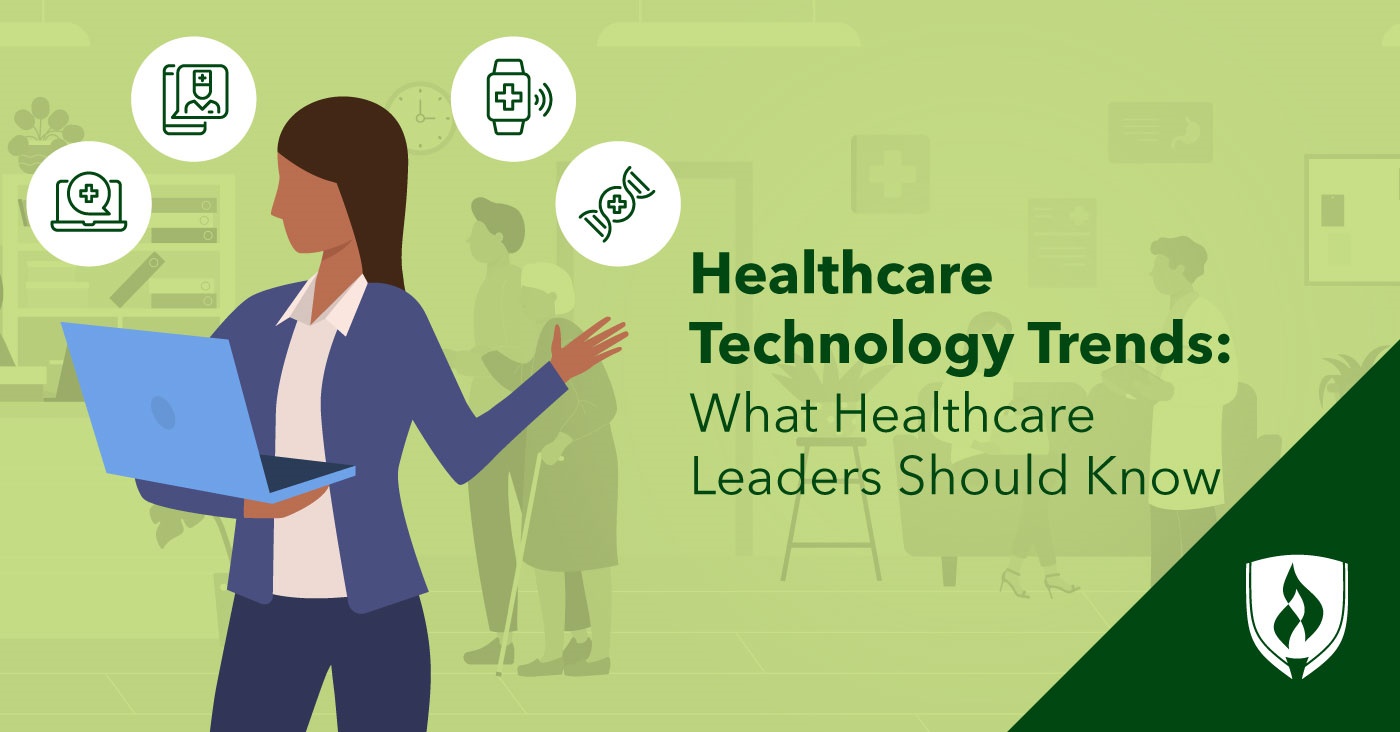
While it might be easy to lose sight of in our day-to-day lives, we’re living in an age of great technological advancement—and the healthcare field is certainly an area of focus. Advances can come in many forms, from the time-saving automation of simple tasks to breakthroughs in cancer treatment. Some are the product of years and years of research and refinement; others happen in a comparative flash to meet a moment.
The COVID-19 pandemic, while a massive source of hardship worldwide, did come with one silver lining in that it provided a jolt toward innovation in healthcare. The public health emergency presented by COVID-19 helped push some providers off the sidelines to embrace technology trends like virtual visits and chatbots—and there may be more to come. We asked healthcare experts to weigh in and determine the top healthcare technology trends that leaders in the field will be looking to as they work to impact patients’ lives.
5 Healthcare technology trends worth following
Whether you’re just curious about what’s new in healthcare or have your sights set on becoming a high-level administrator of a healthcare facility, it’s important to know what emerging trends are shaping the field. Here are five trends that should be firmly on your radar.
1. Telehealth
Telehealth is the use of telecommunications technology to improve healthcare, public health and health education. This can take on many forms—including video calls to screen and engage patients, automated appointment reminders, live chats, and monitoring devices for patients. Telehealth was emerging as a flexible option for patients seeking quick care and streamlined options to match their busy schedules.
With COVID-19, this convenient online and mobile platform became the industry standard. Gone was the ability to easily enter a clinic or talk to nurses and doctors without adding to potential viral spread. Virtual visits became crucial as the pandemic case load increased and added further strain to the existing healthcare system.
The sudden jump in need for telehealth had some positive results. Patients are now more comfortable and practiced using such services, which is especially helpful for those who live in remote or rural areas where access to clinics or other facilities can be challenging. Social distancing practices have also made devices that can wirelessly transmit patient information—think blood pressure cuffs, blood glucose monitors and oxygen monitors—poised to become more prevalent as they assist doctors in tracking their patients’ data.
One of the biggest avenues for telehealth delivery is actually quite small physically: your mobile device. Expect to see advancements in mobile apps devoted to connecting patients and doctors, including those that feature chatbots and instant access to medical care. Bruce Kennedy, chief marketing officer of MobileSmith Health, sees the rise in mobile device use as a means to improve healthcare delivery to traditionally underserved populations.
“If you want into an ER waiting room today, you will see over 80 percent of the patients with their heads down operating their mobile device, regardless of income or population type,” Kennedy says. “It has become impossible to chart the impact of mobile device proliferation on healthcare. What is certain is that we now have the mobile technology to connect with increasing underserved populations in a personalized way through a device that is often well integrated into how they view almost all experiences.”
2. A focus on stronger security
Along with the power of telehealth and mobile connectivity comes the risk of data breaches. As more and more patients and doctors send sensitive, confidential information across the internet, the higher the risk of interception by cyber criminals. The need for top-notch cybersecurity has never been stronger.
Increased security training for all healthcare workers is the next big trend.
“A major trend in health IT that we are now seeing that didn’t really exist years ago is employee cybersecurity training,” says Richard Bailey, lead IT consultant at Atlantic.Net. “This should be a part of your company culture, and the more widespread it is, the more people will buy into it.” Bailey believes this training is best modeled by leadership.
“Try having your CIO or IT manager included during the onboarding process to really drive home to new employees the importance of security at their new place of employment,” Bailey suggests. “Try creating some videos or hang up infographics in the main areas.” Bailey believes this constant messaging, especially in visual form, will help them when something out of the ordinary happens.
3. Chatbots
Chatbots are starting to become part of our normal routine; we’re used to starting our mornings asking a virtual assistant for the weather report or the latest sports score. Healthcare chatbots take that same format and work to deliver patient care.
All chatbots are powered by commands or artificial intelligence (AI). Command-based chatbots can perform simple functions, such as showing you the weather if you ask for it. AI bots are more complex and are a rapidly growing area of interest as they use algorithms and data to essentially teach themselves and interact with humans.
In terms of healthcare, AI bots can serve as an intermediary between patients and doctors. Again, the COVID-19 pandemic made this layer absolutely critical to limiting the spread of the virus. Instead of going into an office, you can consult with one of these chatbots, ask your medical questions and then, if necessary, get connected to a real nurse or doctor.
AI chatbots can also act as medical assistants, helping patients keep tabs on their health. This is especially helpful for elderly populations as they can offer reminders to take medications or do physical therapy exercises, schedule doctor appointments, and even alert a nurse or doctor if needed.
4. Personalized medicine
Personalized medicine has been on the rise since the completion of the Human Genome Project, which mapped the order of DNA in a human genome. This helped scientists and healthcare professionals understand that each person’s genetic information is unique, and therefore, healthcare should be tailored to the individual.
As such, personalized medicine has been a trending area of research for years now. Arlen Ward, PhD, PE, of System Insight Engineering, believes that gene sequencing and genetic testing will continue to be important.
“As gene sequencing gets less expensive, more genetic testing will be done to determine which medicines have the best chance of working for a specific patient,” Ward says. He adds that sequencing genes for cancer will also become more prominent as researchers look to develop more effective drugs targeted to specific genomes.
The rise in CRISPR technology, which edits genes to help treat or prevent certain genetic diseases, was crucial in the development of tests to detect to the COVID-19 virus. Expect to see more conversation surrounding gene editing technologies, and don’t be surprised if these methods become much more commonplace in the near future.
5. Wearable technology
Along with virtual assistants, the wearable technology trend has become increasingly popular in the last few years. According the International Data Corporation, worldwide shipments for connected wearable devices like FitBit® reached 153.5 million in 2020.1
For healthcare, this prevalence in wearable devices can be big news. Consider invasive devices such as blood glucose meters for those with diabetes. With wearable technology, diabetics can instead wear a watch-like device with a microneedle, allowing painless and accurate monitoring of glucose levels throughout the day.
Other wearable technologies expected to come onto the scene are ones that monitor sleep quality and breathing patterns—which can help diagnose sleep apnea—and other devices to help monitor heart rate, respiratory rate and skin temperature, which syncs to your phone and can be shared with your doctor.
Are you ready for change?
Technology is creating waves in the healthcare field, improving the lives of millions of people. The healthcare industry is going to need leaders who know how to use data and technical know-how to manage the shifting healthcare landscape of tomorrow. If you'd like to help healthcare providers usher in this next wave of advancements, you're going to need a strong educational background. Check out the Rasmussen University Healthcare Administration Master's degree page to learn more about how this program can help you take the next step into leadership.
1“Consumer Enthusiasm for Wearable Devices Drives the Market to 28.4% Growth in 2020, According to IDC” International Data Corporation. March 15, 2021 [accessed June, 2021] https://www.idc.com/getdoc.jsp?containerId=prUS47534521
FitBit is a registered trademark of FitBit, Inc.

